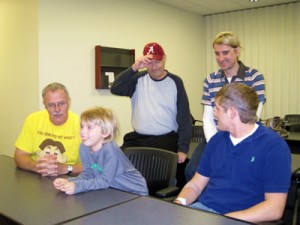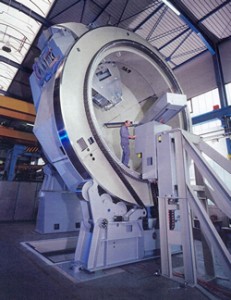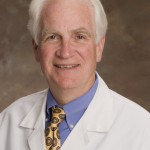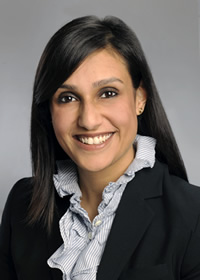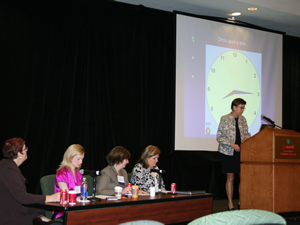Approximately 250,000 people each year suffer from a particularly deadly form of heart attack known as a STEMI (ST-Elevation Myocardial Infarction), in which blood flow is completely blocked to the heart. Restoring blood flow quickly is crucial in order to save the patient’s life, yet more than 30 percent of these patients receive no life-saving intervention at all.
Led by Emory emergency medicine physician Michael Ross, the Society of Chest Pain Centers (SCPC) and the American Heart Association (AHA) recently announced they will be joining efforts to save even more lives. The joint agreement seeks to improve cardiac care, specifically the care of patients suffering from STEMI.
The new collaborative framework for hospital accreditation meets criteria of the AHA initiative “Mission: Lifeline,” established in 2007 to improve the processes surrounding care of the STEMI patient by eliminating the obstacles that keep patients from accessing and receiving appropriate treatments.
Mission: Lifeline systems start with the 9-1-1 call or at the point of entry in the emergency system, continue through the catheterization laboratory and through hospital discharge by promoting best practices that use the latest scientific evidence-based treatment for STEMI.
Mission: Lifeline systems currently cover more than 56 percent of the United States. Mortality rates from STEMI have decreased from 5.8 percent in 2008 to 4.8 percent in 2010.
“SCPC, through their Chest Pain Center accreditation, has already improved cardiac processes in close to 14 percent of hospitals within the U.S. and has moved this accreditation to the international setting,†says Ross, who is immediate-past SCPC president and an associate professor of emergency medicine and medical director for observation medicine at Emory.
“Collaboration between these two non-profit organizations, who share similar missions, will help bring consistency to health care delivery by providing a standard approach to the treatment of STEMI. Providing cardiac accreditation programs is in the best interest of patients, meets the needs of the health care community, and will help to significantly reduce cardiac deaths.â€
Both Emory University Hospital and Emory University Hospital Midtown are not only accredited by the Society of Chest Pain Centers, but are also the only accredited chest pain centers in metropolitan Atlanta to be accredited with PCI (percutaneous coronary intervention), which indicates a higher level of emergency cardiac care services.
Most commonly known as coronary angioplasty, PCI is a therapeutic procedure to treat the narrowed coronary arteries of the heart found in coronary heart disease. The designation is a distinguishing attribute since PCI is now the preferred treatment for heart attack patients.
For more information about heart disease and cardiac care option – from heart transplants and ventricular assist devices to imaging services and minimally-invasive interventional treatments, please visit Emory Healthcare at: http://www.emoryhealthcare.org/heart-center-atlanta/.






